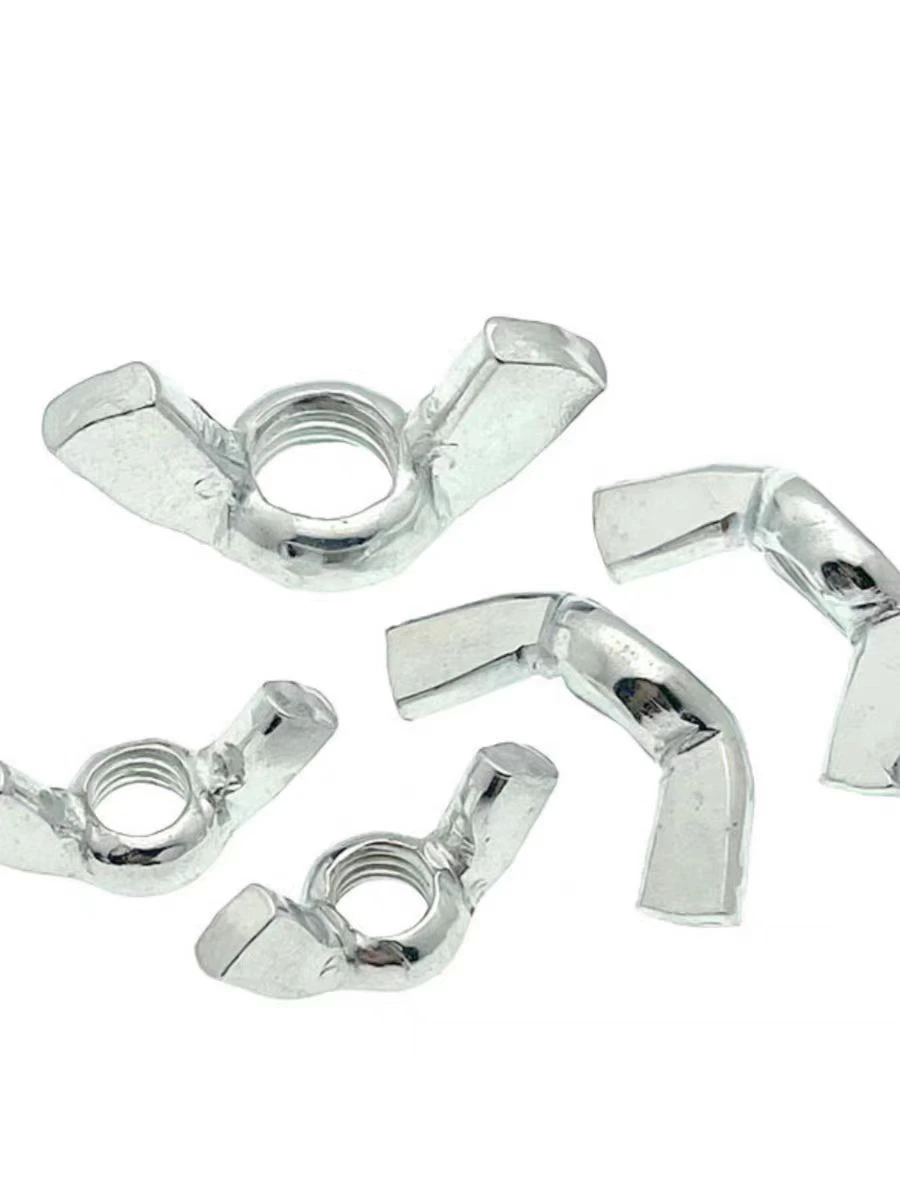

ss spring washer
Nov . 20, 2024 15:59 Back to list
ss spring washer
Understanding SS Spring Washers A Comprehensive Overview
Spring washers, particularly stainless steel (SS) spring washers, play a vital role in various mechanical and structural applications. These uniquely designed washers are used to create tension or absorb shock in a wide range of assemblies, ensuring that fasteners maintain their integrity and that mechanical systems function smoothly.
What is a Spring Washer?
A spring washer is a type of washer that is bent or curved, allowing it to function like a spring. This design is essential for providing an elastic response under pressure. The primary purpose of a spring washer is to prevent loosening of bolted joints as a result of vibration or dynamic loads. By applying a distributed load to fasteners, spring washers help maintain tension and secure connections, a critical factor in many engineering applications.
The Importance of Stainless Steel
Stainless steel is a popular material choice for spring washers due to its exceptional corrosion resistance, strength, and durability. SS spring washers are particularly useful in industries where exposure to moisture, chemicals, or extreme temperatures is common. Applications range from automotive and aerospace sectors to household appliances and construction equipment. Using stainless steel not only enhances the longevity of the washer but also ensures safety and reliability in demanding environments.
ss spring washer

Applications of SS Spring Washers
SS spring washers are utilized in an array of situations. In the automotive industry, they help maintain the integrity of engine components under constant vibration. In construction, these washers ensure architectural fixtures remain secure despite environmental stresses. Additionally, in the electronics industry, they are often used to stabilize connections in circuit boards, preventing disconnections that could impair functionality.
Installation and Maintenance
Proper installation of SS spring washers is crucial to their performance. They should be placed under the nut or bolt head, with the curved side facing the fastener, allowing the washer to exert force back against the joint’s tension. Over time, regular maintenance checks should be conducted to ensure that the washers remain in good condition, especially in high-stress applications where fatigue can occur.
Conclusion
In summary, SS spring washers are essential components that provide critical support and stability in various mechanical assemblies. Their ability to absorb shock and reduce the risk of loosening makes them invaluable in numerous applications across different industries. As technology continues to advance, the design and effectiveness of spring washers will likely evolve, further enhancing their role in securing mechanical integrity. For engineers and manufacturers, understanding the significance of SS spring washers is key to promoting safety and efficiency in their projects.
Latest news
-
Hot Dip Galvanized Bolts-About LongZe|High Strength, Corrosion Resistance
NewsJul.30,2025
-
High-Strength Hot Dip Galvanized Bolts - Hebei Longze | Corrosion Resistance, Customization
NewsJul.30,2025
-
Hot Dip Galvanized Bolts-Hebei Longze|Corrosion Resistance&High Strength
NewsJul.30,2025
-
High-Strength Hot-Dip Galvanized Bolts-Hebei Longze|Corrosion Resistance&High Strength
NewsJul.30,2025
-
Hot Dip Galvanized Bolts-Hebei Longze|Corrosion Resistance&High Strength
NewsJul.30,2025
-
Hot Dip Galvanized Bolts - Hebei Longze | Corrosion Resistance, High Strength
NewsJul.30,2025

